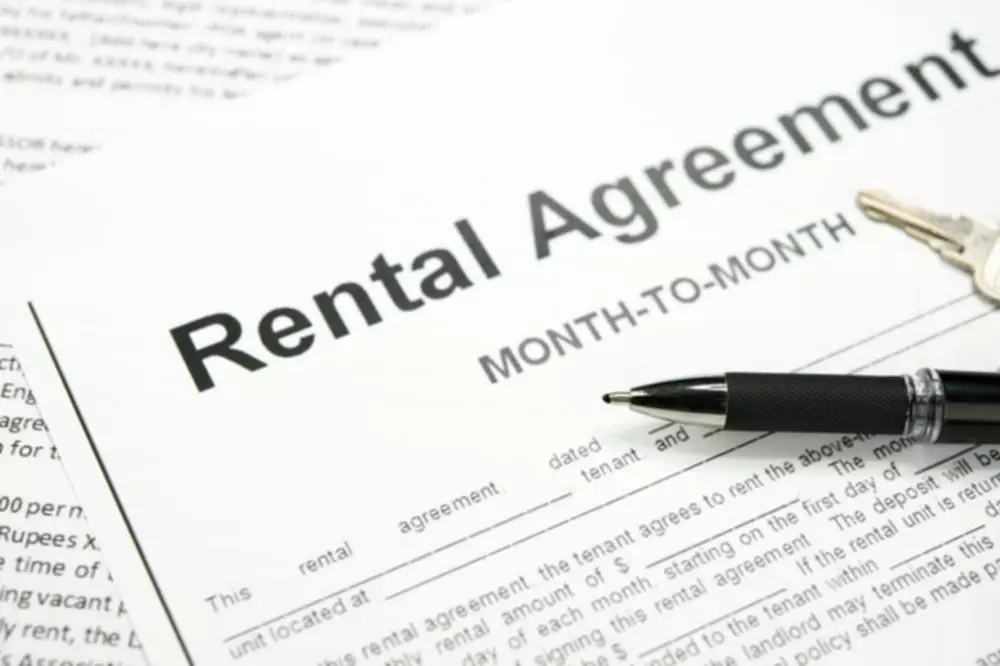
Invoice vs Bill: Why Do You Need Both?
Content

4 BalanceUp is a discretionary overdraft program for debit card purchases only, offered for Lili Pro, Lili Smart, and Lili Premium Account holders. You must meet eligibility requirements and enroll in the program. Once enrolled, your Account must remain in https://www.bookstime.com/ good standing with a deposit and spending history that meets our discretionary requirements to maintain access to the feature. BalanceUp overdraft limits of $20-$200 are provided at our sole discretion, and may be revoked any time, with or without notice.

Invoices are subsequently sent to customers when payment is collected. Medical companies commonly trust healthcare factoring or medical accounts receivables factoring to eliminate the waiting period between transaction and payment. Instead of waiting months to receive a customer’s payments, factoring can deliver funds with virtually no wait time by borrowing against a customer’s incoming payment. Often, medical or healthcare companies will wait months before receiving payment from customers. Bills are used in situations where the transaction is straightforward and there is little need for a detailed breakdown of the charges.
What is the difference between a bill and an invoice in QuickBooks?
B2B transactions can also use bills to request payment for goods or services already provided where the relationship between the buyer and seller is ongoing and the transactions are simple. You don’t need to look too hard into the definitions of a bill of sale vs invoice to spot their main differences. While both invoices and bills show the same details about a business transaction, they serve different purposes.

It shows customers how much they owe and the “payment deadline”. It helps businesses to accelerate the payment collecting process and ensure that it will be realized on time. An invoice serves as a document requesting payment for products sold or services provided but does not have the same legal weight as a contract. Customers who submit a purchase order are legally bound to the purchase order terms. However, your bills and invoices won’t be considered legally binding. Now that you understand the difference between these two terms, let’s add a third.
Payroll
Studies have shown that customers who receive your invoice with a “pay now” link, pay up to 50% faster than invoices snail-mailed to them. Further implementations are underway in the Scandinavian countries as result of the North European Subset project. Implementations are also underway in Italy, Spain, and the Netherlands (UBL 2.0)[19] and with the European Commission itself.
- Further implementations are underway in the Scandinavian countries as result of the North European Subset project.
- Since invoices are used for purposes like taxes, legal proceedings, and financing, they have to contain very specific information to meet legal document standards.
- No matter the type of invoice sent or received, the invoice itself will include a few pivotal pieces of data.
- Most businesses keep invoice records for six to seven years, which is the minimum period required for tax and accounting purposes.
- Bills are usually used for one-time, upfront payments such as a retail purchase.
- This will really help you create accurate and clear invoices that your clients will appreciate.
But with a robust and organized system in place, you can ensure your clients pay you in full and on time. Get started with invoicing today using our Free Invoice Generator. As discussed, the total amount is [total amount owed], payable by [your preferred payment method] by [due date]. A statement can reveal whether a customer has any unpaid bills or invoices, ensuring that you promptly get paid for any outstanding debt. Depending on the nature of your business, you might also include details about payment options, discounts, and any other relevant information.
What Is the Difference Between an Invoice and a Bill?
Best of all, you can conveniently access these great features through a mobile app, which can streamline your billing process and help you get paid faster. I agree to receive marketing communications via email including newsletters, promotional offers, product updates, and event invitations. If you receive a bill in a restaurant, it isn’t necessarily a formal document. It may just state your table number, meals and beverages, VAT and the total.
Occasionally, you may even have to chase them for payments which is the other half of managing invoices. Payment terms set out how much time the buyer has to make payment on the purchase and whether a prepayment is needed, for example for longer ongoing services. Depending on the nature of your business, you might also include discounts and any other relevant information. There are a lot more options to include details on how the payment should be made with invoices than with simple bills, which do not include such details.
So, that was the key difference between billing and invoice in billing vs invoice. Now let us look at which situation we shall use a bill and when we shall use an invoice. Invoices are also unique in that they show the existence of credit since the seller will not be paid immediately but at a later time. Seychelle is a Maryland-based personal finance writer and business owner.
What does bill mean in payment?
bill noun (REQUEST FOR PAYMENT)
Add to word list Add to word list. A2 [ C or S ] a request for payment of money owed, or the piece of paper on which it is written: an electricity/gas/phone bill. They sent us a bill for the work they had done.
But when it is sent to the customer, it will become a bill or a payment reminder for the customers about the amount that they have yet to pay to the suppliers. A bill makes the most sense for a business that expects its customers to make immediate payment for goods or services. For example, some business owners might expect their employees to submit a receipt if they require reimbursement for business expenses. Unlike an invoice that can be recurring, a bill has a one-time use. It’s generally given when goods and services are received immediately and paid for instantly. An invoice is a document that a buyer sends to a seller to outline the details of a sale and usually follows a specific invoice template.
However, it doesn’t come without a series of challenges salaried employees never have to face. An invoice and a bill are basically the same things but they are used in different stages of a business transaction. On the other hand, a bill is considered as proof of transaction and a reminder for clients about the amount that they haven’t paid yet. Naturally, you can also include any unique, personalized items about your business as well, along with a brief thank you to express your gratitude to your customer. But there are several key distinctions between a bill and invoice, and this can matter a great deal when it comes to your company’s accounting practices.
Are bills and invoices the same thing?
A bill and an invoice refer to the same document which conveys the amount owed as part of the business transaction. The difference is how it is perceived, depending on whether you are a seller or a buyer.
To see our product designed specifically for your country, please visit the United States site. Examples of billing include those done at restaurants, bars, department stores, hair salons or spas.
They’re sent on a billing cycle where the customer might have the option to set up recurring payments. Although they’re both commercial documents, they have distinct differences between them and are used at different times during a business transaction. For example, a medical supplies company might sell equipment to a customer. As a record of the transaction, the medical supplies business provides the customer with a bill. The bill will outline the specific equipment provided to the customer, along with the amount of money the customer will owe as a result of the transaction.